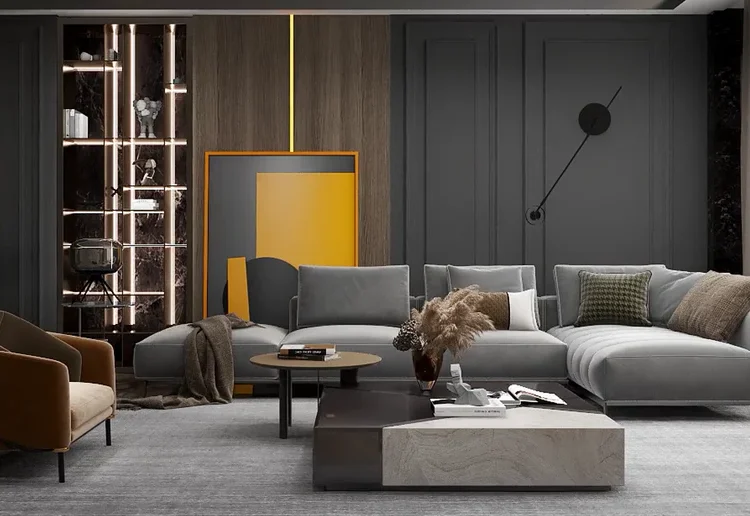At the inception of any construction project, the cost is a prime concern. With considerations like planning permissions, materials, labour, engineering—and notably, architectural design—it might be tempting to cut corners where it seems least impactful. Often, this temptation manifests as low-cost architectural design services.
However, here’s an uncomfortable truth: inexpensive drawings are rarely just inexpensive. They often trigger a series of issues—ranging from delays and compliance obstacles to design limitations and even financial setbacks.
In this article, we delve into why quality architectural design isn’t a luxury—it’s a fundamental cornerstone for success.
- Design Is Strategic—Not Merely Aesthetic
Quality design transcends mere appearances. It’s fundamentally about a building’s function, adaptability, and longevity. Each drawing translates into a decision, and every decision has legal, financial, and user experience implications.
That’s why true architectural expertise goes beyond CAD files, encompassing spatial logic, regulatory insight, contextual awareness, and long-term foresight. As Malone & Pike, who are architects in Battersea, stress, real value stems from design thinking—not mere drawings.
- Inferior Drawings Can Undermine Planning Submissions
One frequent pitfall of low-cost services is substandard planning submission. Drawings that don’t align with local authority standards—or worse, contain inaccuracies—can face immediate rejection.
Beyond wasted time, you risk damaging your credibility with planning officials. Rectifying errors later typically costs significantly more than getting it right initially.
- “One-Size-Fits-All” Fits No One
Inexpensive services often rely on generic templates or reused schemes. But every site, every client, and every council is unique. Employing cut-and-paste designs to save money might expedite drawing procurement, but those plans likely overlook local context, sun path orientation, neighbouring objections, or your unique lifestyle needs.
A bespoke approach not only looks better—it functions better. It resolves issues of functionality, flow, and future adaptability.
- Hidden Costs Escalate Rapidly
It’s paradoxical: cheap drawings seldom remain economical.
Lack of detail can lead to miscommunication with contractors, necessitating redraws, re-approvals, or site delays. You may end up engaging a secondary architect to amend the original oversights. Or worse, a structural engineer may highlight fundamental issues late in the process.
When you tally rework, wasted time, and missed opportunities, initial savings dissipate swiftly.
- Poor Coordination Increases Risk
Architecture does not operate in isolation. Your plans must harmonise seamlessly with engineers, surveyors, planners, builders, and trades. When drawings are vague or incorrect, coordination fails. This can lead to safety concerns, failed inspections, or construction conflicts that are costly to resolve on-site.
Experienced architects don’t just design buildings—they orchestrate how those buildings come together.
- Compliance is Imperative
Building regulations are intricate and continually evolving. A quality architect stays abreast of these changes, ensuring your design complies—not just theoretically, but practically.
Cut-rate services may lack this depth, exposing you to failed inspections or retrospective changes that postpone occupancy and inflate budgets. Regulatory risk is among the costliest errors a homeowner or developer can make.
- Design Adds (and Preserves) Value
Your investment secures more than mere drawings—it ensures enduring value.
An intelligently designed space is more enjoyable to inhabit, easier to sell, and withstands the test of time. Quality design enhances daylight, ventilation, layout, and overall enjoyment. It can foresee changes in family needs or usage trends, safeguarding your investment for years to come.
Conversely, poorly designed spaces can diminish resale appeal and make basic activities feel frustrating.
The Enduring Argument for Quality
It’s easy to forget that architecture isn’t a rapidly changing commodity—it’s something crafted once, then lived with for decades. The cost of errors far outweighs the price of precision.
That’s why investing in quality from the start isn’t indulgent—it’s prudent. It results in fewer headaches, stronger planning outcomes, improved relations with builders, and a truly functional space.
When contemplating your project’s future, the pertinent question shouldn’t be: How much are the drawings? It should be: How much value will these designs deliver—and how much risk will they help me mitigate?
Final Thoughts: Prioritising Design Thinking Over Drawing Costs
Whether you’re planning a home extension, a new-build, or a commercial fit-out, your project merits more than the lowest bid available online.
At the heart of exceptional outcomes lies a clear, coherent strategy—one that aligns your objectives with the spatial and regulatory realities of your site. That’s where experienced, multidisciplinary consultancies like Malone & Pike excel: offering guidance that integrates design, business reasoning, and long-term thinking.
So if you’re weighing your options, don’t just inquire how quickly you can acquire your drawings. Consider how effectively your design will fulfil your project needs—for planning, construction, and life beyond.






